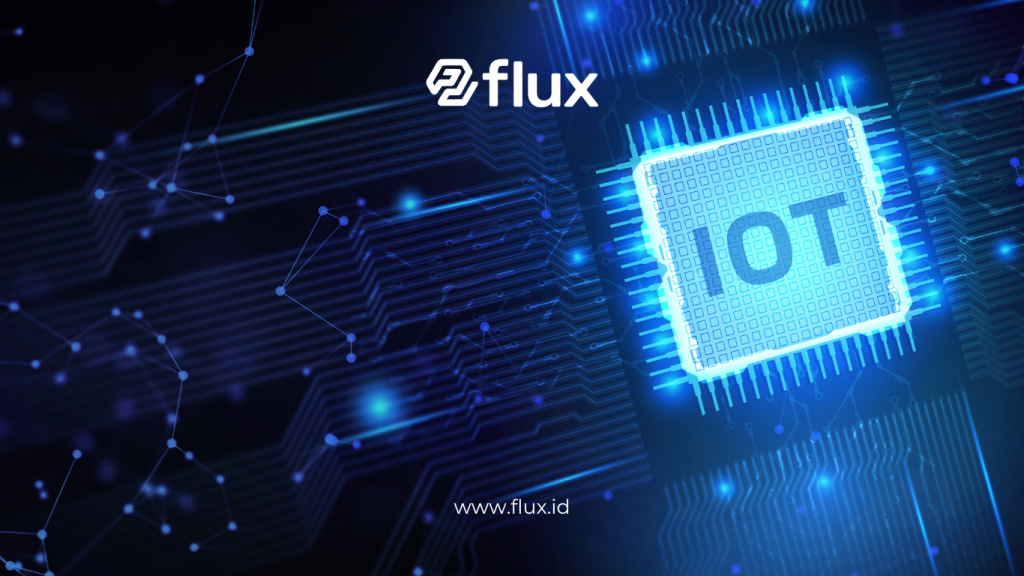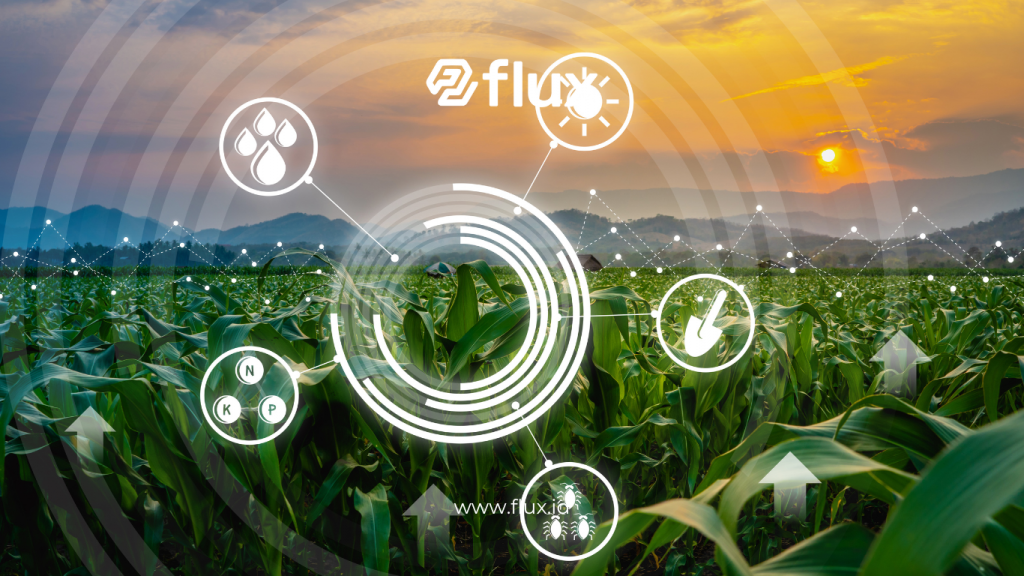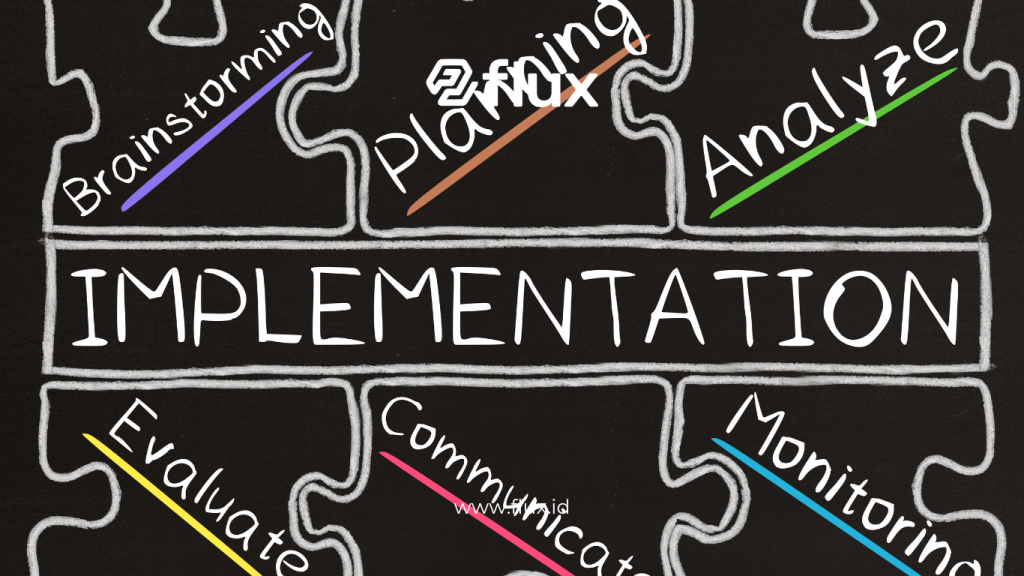Don't miss our holiday offer - 20% OFF!
In modern agriculture, technology plays an increasingly crucial role in improving efficiency and productivity. One of the most significant innovations in this field is the Internet of Things (IoT). This technology enables farmers to collect and analyze data from various sources, such as soil sensors, weather conditions, and other connected devices. In this article, we will explore how farmers can utilize IoT data to enhance agricultural decision-making and improve risk management.
Contents
1. What is IoT Data?

Read More: The Future of Agriculture: How IoT Shapes Smart and Sustainable Farming
To begin with, IoT data refers to the information generated by devices and sensors connected to the internet. In agriculture, this data encompasses various variables, including soil moisture, temperature, humidity, and more. By collecting this data in real-time, farmers can make precise, evidence-based decisions that directly impact their operations.
2. Benefits of Using IoT Data in Agriculture

Read More: Optimizing Agriculture with Soil Health Monitoring Sensors
2.1. Improving Operational Efficiency
One of the primary benefits of using IoT data in agriculture is the enhancement of operational efficiency. With accurate data at their disposal, farmers can monitor field conditions in real-time and take appropriate actions, such as watering or fertilizing crops. This not only saves time but also conserves vital resources.
2.2. Better Decision-Making
Moreover, IoT data provides the necessary information for better decision-making. By analyzing trends and patterns derived from the collected data, farmers can plan planting, harvesting, and risk management more effectively. As a result, they can maximize their yield while minimizing waste.
2.3. Enhanced Risk Management
In agriculture, risks can arise from various sources, such as extreme weather events or pest invasions. By leveraging IoT data, farmers can predict potential problems and implement preventive measures to minimize losses. For instance, weather sensors can provide early warnings of heavy rain or drought, allowing farmers to take action before issues escalate.
3. IoT Technologies in Agriculture
3.1. Soil Sensors
To illustrate, soil sensors measure moisture, pH, and nutrient levels in the soil. This data helps farmers determine the optimal times to water or fertilize their crops. With accurate information, they can avoid overwatering and significantly improve crop health.
3.2. Agricultural Drones
Furthermore, agricultural drones can monitor farmland from the air. Equipped with cameras and sensors, they collect visual and environmental data. The insights gained from this data enable farmers to identify areas requiring more attention, such as regions affected by diseases or pests.
3.3. Smart Irrigation Systems
Additionally, IoT-based irrigation systems facilitate automatic control based on sensor data. For example, when soil moisture drops below a certain threshold, the system automatically activates irrigation. This approach helps in using water more efficiently and reduces overall operational costs.
4. Implementing IoT in Agriculture

Read More: IoT in Agriculture – Reducing Waste and Boosting Productivity
4.1. Identifying Needs
Before implementing IoT solutions, farmers must first identify their specific needs. This step includes selecting appropriate types of sensors and devices while considering the available budget.
4.2. Data Collection
Once IoT devices are installed, the next step involves data collection. Farmers should analyze this data regularly to extract valuable insights. Many IoT devices now come equipped with analytics software that allows farmers to visualize data and make informed, data-driven decisions.
4.3. Training and Education
Importantly, it is vital for farmers to receive training on how to use IoT technology effectively. Education on interpreting data and implementing solutions based on data analysis is crucial for the successful adoption of IoT in agriculture.
5. Challenges of Using IoT Data

Read More: IoT Sensors in Agriculture: Monitoring Plant Health in Real-Time
5.1. Initial Costs
One of the main challenges in adopting IoT technology is the initial investment cost. While this technology offers long-term benefits, the upfront costs for devices and installation can be a barrier for some farmers, especially those managing smaller operations.
5.2. Technology Skills
Moreover, not all farmers possess the necessary technology skills to leverage IoT systems effectively. Therefore, training and technical support are needed to ensure that all users can utilize the data generated by these systems successfully.
5.3. Data Security
With the increasing use of technology, the risk of data security also rises. Consequently, it is essential for farmers to understand these risks and take proactive steps to protect their data, including implementing robust security systems and establishing appropriate privacy policies.
6. Case Studies: Using IoT Data in Agriculture
6.1. Sustainable Agriculture
For instance, one successful example of using IoT data in agriculture is in the realm of sustainable farming practices. Many farmers employ sensors to monitor water and nutrient usage, helping them reduce waste while improving yields. By implementing these practices, they not only enhance profitability but also contribute to environmental sustainability.
6.2. Smart Farming
In the context of smart farming, farmers utilize IoT technology to monitor every aspect of their agricultural land. This includes real-time monitoring of soil moisture, weather conditions, and crop health. With access to this comprehensive data, farmers can make better decisions and ultimately improve their yields.
Conclusion
In conclusion, utilizing IoT data in agriculture is a vital step toward enhancing decision-making and risk management. By leveraging this technology, farmers can collect accurate and relevant information that empowers them to make better and more effective decisions. While challenges exist, the long-term benefits of implementing IoT in agriculture are substantial. Ultimately, by harnessing IoT data, the agricultural sector becomes not only more efficient but also more sustainable.





